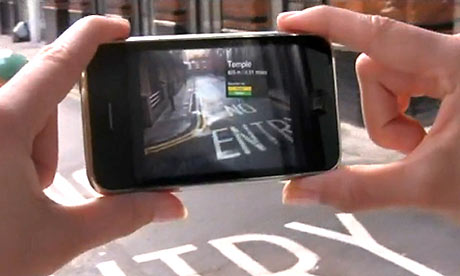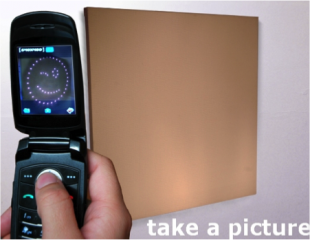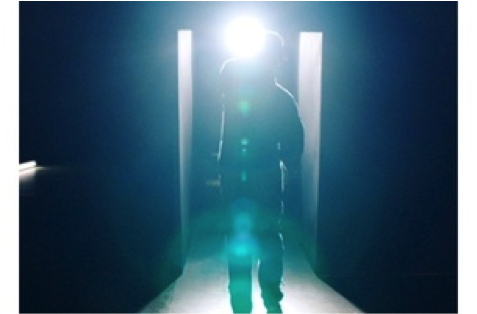Usually, the first rule of advertising is to make your brand as visible as possible, but for the last few years, marketers have been flipping the concept on its head and creating ‘invisible’ adverts, with the help of augmented reality technology.
Augmented Reality (AR) is a means of linking the real world and the virtual world through digital technology, creating composite view of the world. The technology overlays computer-generated content such as video, graphics, text, sound or GPS data on to real-world images, captured on smart phones, tablets or through hi-tech glasses.
From a marketing perspective, Augmented Reality has dramatically transformed the way that companies and consumers interact with one another. It has enabled brands to turn one-dimensional communications into vibrant, interactive brand experiences that resonate with consumers at a profound level, as the following examples demonstrate.
LYNX Anarchy
In 2012, LYNX launched their unisex scent, Anarchy, using a clever augmented reality campaign. The concept used an abandoned house, where the windows were replaced with special LED screens. For passers-by, the screens would appear blank, but as soon as they were handed a pair of LYNX sunglasses, they were able to see a series of sexy and anarchic things going on within the house.
As a world first, the invisible ad campaign was highly innovative and successful in creating buzz and driving a strong and clear message to its target market, (consisting of young party-goers), through interactive creativity.
Take a Picture
As smart phones continue to proliferate our daily offering, it is becoming increasingly important to incorporate immersive experiences into a mobile setting, which is exactly what Toronto-based artists Brad Blucher and Kyle Clements did with their ‘Take a Picture’, augmented reality exhibition.
The artists explored the relationship between digital cameras and social media, by creating paintings which looked like blank canvases to the naked eye, but what the viewer could not see was the mass of wires, circuit boards and LEDs, which were strategically placed below the surface of the canvas, to create an image.
The light from the LEDs was outside the range of human vision, but was visible to a camera phone/digital camera screen. The camera sensor picked up the light and displayed the image, making the invisible visible.
The innovative exhibition generated a lot of interest and provided attendees with an extremely memorable and immersive augmented experience.
Hotcow is a non-traditional creative agency that specialises in experiential marketing that goes viral. Our campaigns generate buzz through crowd participation, PR and content sharing. Contact us on 0207 5030442 or email us on info@hotcow.co.uk.




